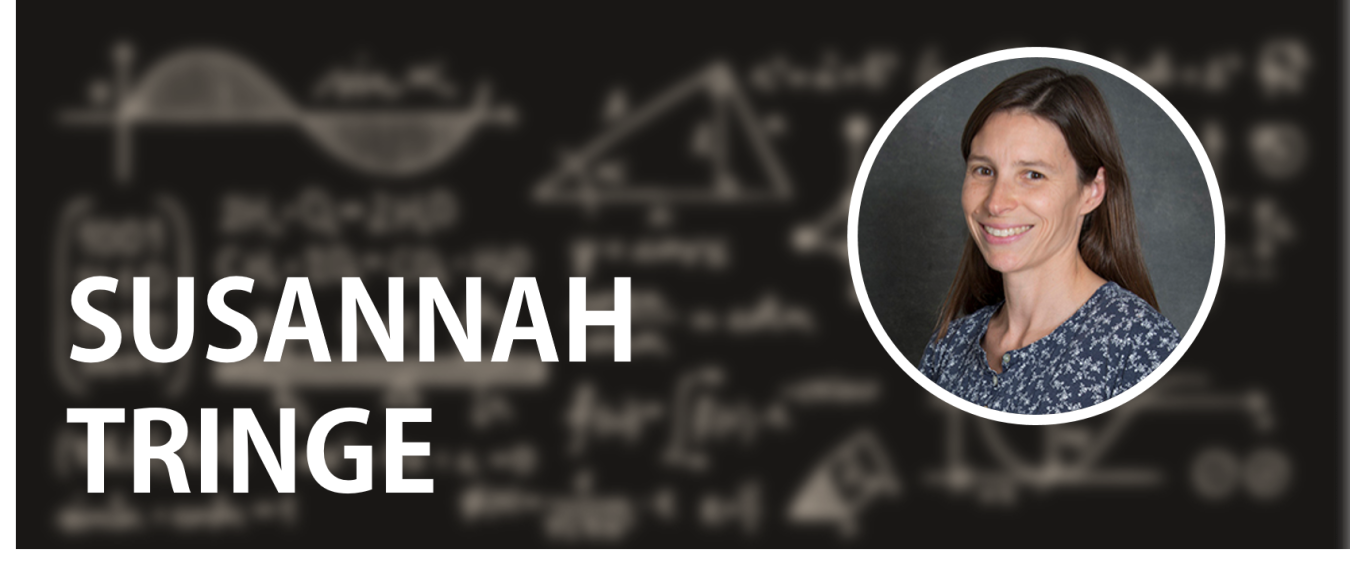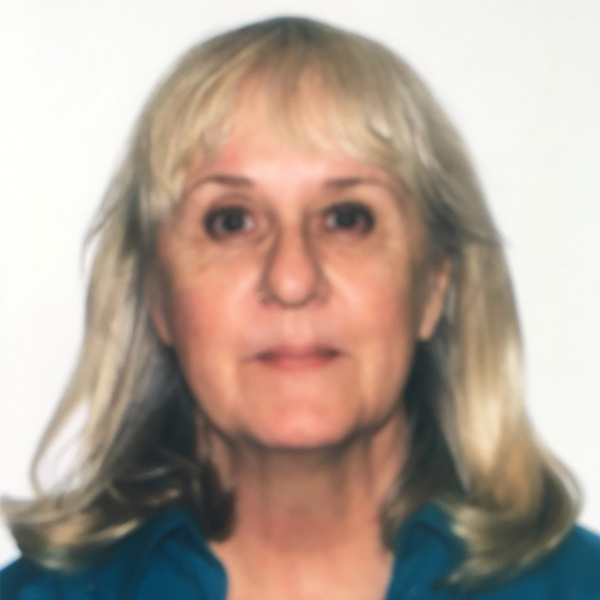Susannah Tringe studies complex interactions among microbes, nutrients, water, and other features to better understand greenhouse gas emissions.
March 29, 2021
WHAT DID THE 2011 EARLY CAREER AWARD ALLOW YOU TO DO?
Wetlands are an important global carbon reservoir. They have the potential to serve as effective carbon sinks (storage sites for taking and keeping CO2 from the atmosphere) due to the high productivity of wetland vegetation and the low degradation rate of plant biomass in anoxic (oxygen-poor) wetland soils. However, these anoxic conditions can also promote the production of methane, a greenhouse gas with more than 20 times the climate impact of carbon dioxide. The precise controls that influence whether a wetland serves as a greenhouse gas source or sink are not fully understood, but they are heavily dependent on the communities of microbes inhabiting wetland soils.
My Early Career Research Program award allowed me and my postdocs to embark on a field sampling and metagenome (a mixture of genetic materials from a community) sequencing effort. We wanted to determine whether differences in organism diversity and genome content could be used to predict ecosystem behaviors like greenhouse gas emissions. We developed protocols to perform greenhouse gas analyses and nucleic acid extractions on soil cores. We then deployed the protocols in both historic and restored wetlands across the San Francisco Bay/Delta region, ultimately generating data from more than a dozen sites.
Once the data were generated, we worked with computational biologists and computing experts. At the Joint Genome Institute and the National Energy Research Supercomputing Center, both Department of Energy user facilities, we figured out how to make sense from the largest metagenomic datasets we had dealt with to that point.
Our observations clearly validated my original, very simple hypothesis; microbial community gene content would be correlated with greenhouse gas emissions.
But our data also revealed complex interactions among soil microbes, soil nutrient content, water salinity, and other features that ultimately determine net greenhouse gas fluxes. We hope to use this understanding to improve predictions of greenhouse gas cycling in these terrestrial-aquatic interfaces, as well as learn to maximize their potential for carbon sequestration and storage.
ABOUT:
Susannah Tringe is the Deputy for User Programs of the Joint Genome Institute at Lawrence Berkeley National Laboratory. Tringe was presented the Ernest Orlando Lawrence Award in January 2021 as one of eight distinguished U.S. scientists and engineers honored for their contributions in research and development supporting the Energy Department’s missions in science, energy, and national security. The award noted her “substantial contributions to foundational research, technological development, and application of experimental and computational tools and approaches in the field of metagenomics.” Specifically, Tringe is recognized for development and applications of high throughput DNA sequencing techniques (e.g., shotgun technique) to study microbial communities in numerous different environments including wetlands, seminal studies of plant-microbiome interactions in crop science, and early exploration of amplicon sequencing in environmental samples.
SUPPORTING THE DOE SC MISSION:
The Early Career Research Program provides financial support that is foundational to early career investigators, enabling them to define and direct independent research in areas important to DOE missions. The development of outstanding scientists and research leaders is of paramount importance to the Department of Energy Office of Science. By investing in the next generation of researchers, the Office of Science champions lifelong careers in discovery science.
For more information, please go to the Early Career Research Program.
THE 2011 PROJECT ABSTRACT:
Microbial Communities in Biological Carbon Sequestration
Wetland ecosystems are known to cycle and potentially store massive amounts of carbon on an annual basis. Carbon dioxide captured from the atmosphere by plants moves below the water or soil surface through the action of roots or the death of biomass, where it is subject to the processing by complex communities of microorganisms. This can result in the degradation of organic carbon back to carbon dioxide or methane or to more stable forms that may be stored for long periods of time. Relatively little is known about the organisms performing these processes or what conditions influence the storage or release of carbon.
The current research will use cutting‐edge genomic techniques to examine microbial community structure and functional properties in a restored wetland habitat in San Francisco Bay, with an emphasis on characterizing processes that result in increased biosequestration of organic carbon over time. The study will leverage resources at the Department of Energy Joint Genome Institute to link activities of dominant environmental microbes to major carbon cycle processes to enhance our understanding of critical biogeochemical cycles and ecosystem sustainability.
RESOURCES:
S. He, S.A. Malfatti, J.W. McFarland, F.E. Anderson, A. Pati, M. Huntemann, J. Tremblay, T. Glavina del Rio, M. Waldrop, L. Windham-Myers, and S.G. Tringe, “Patterns in wetland microbial community composition and functional gene repertoire associated with methane emissions.” Mbio 6, e00066-15 (2015). [DOI: 10.1128/mBio.00066-15]
W.H. Hartman, R. Ye, W.R. Horwath, and S.G. Tringe, “A genomic perspective on stoichiometric regulation of soil carbon cycling.” ISME Journal 11, 2652 (2017). [DOI: 10.1038/ismej.2017.115]
DOE EXPLAINS… offers straightforward explanations of key words and concepts in fundamental science. It also describes how these concepts apply to the work that the Department of Energy’s Office of Science conducts as it helps the United States excel in research across the scientific spectrum. For more information on systems biology and DOE’s research in this area, please go to “DOE EXPLAINS… Systems Biology.”
Additional profiles of the Early Career Research Program award recipients can be found on the Early Career Program Page.
The Office of Science is the single largest supporter of basic research in the physical sciences in the United States and is working to address some of the most pressing challenges of our time. For more information, please visit www.energy.gov/science.
Sandra Allen McLean

Sandra Allen McLean (sandra.mclean@science.doe.gov) is a communications specialist for the Office of Science in the Office of Communications and Public Affairs. Sandra is responsible for identifying, curating, or creating lay-language content about Office of Science-funded research for DOE web sites, popular and trade media, and stakeholder education. She researches and writes the historical Milestone Tweets for the office Twitter account @DOEScience.
Sandra holds an associate degree in American Sign Language interpreting, a bachelor’s in science journalism and biology, and a master’s in Information Sciences. Her hobbies are sewing – especially costumes! – and lesesucht, compounded by extreme tsundoku.


